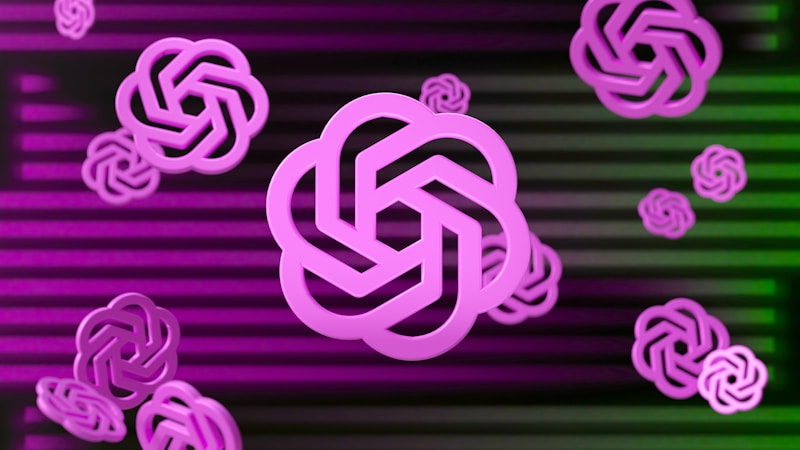
AI chatbots have become an everyday part of people’s online interaction. They assist them, answer questions, and sometimes even converse in a very lifelike way, as their goals are set to make lives easier in one way or another. Yet, wherever great technology exists, there is also a potential for fraud.
Artificial Intelligence has empowered chatbots to resist interaction incredibly closely. These avenues provide an easy and seamless way of communicating efficiently with businesses and organizations. Also, this enabled AI to increase the spread of fake news, causing misinformation.
What is Deepfake?
Deepfake technologies use machine learning algorithms to create fake videos, images, and audio that look real. These algorithms take large datasets of real footage and learn to simulate the individual’s appearance and voice from the original footage. The result is a deeply manipulated video, image, or audio recording that looks real but is not.
Deepfake technology relies on a particular class of machine learning algorithms, the generative adversarial network (GAN). A GAN has two neural networks: a generator and a discriminator.
Furthermore, the generator creates fake videos, images, and audio recordings. Meanwhile, the discriminator lets you know the difference between real and fake footage. The better the generator produces realistic pseudo footage, the less the discriminator can differentiate between real and fake footage. The deep fakes that result are realistic.
Possible Dangers of Deepfake
There are a significant number of various ways in which deep fake technology could be harmful; it includes but is not limited to:
Misinformation
They are used in spreading false information, including fake news, political propaganda, and doctored evidence. This confuses the public and disturbs any source that would refute the information as wrong.
Cyberbullying and harassment
Deepfake technology can be utilized to make fake videos or images of a particular individual with the intent of cyberbullying or harassing them. This has severe psychological and emotional effects on the victim.
Fraud
Deepfake technology can also be used to call recordings of an individual or government officials to conduct a financial scam or, worse, extortion.
Reputation damage
This is probably one of the worst things: deepfake technology can create fake videos or images of individuals doing inappropriate or illegal activities to destroy their livelihood.
Deepfake technology can present a fabricated video or image of a political leader or military personnel, leading to a national security issue.
Protection Against Deepfake
Considering the potential dangers of deepfake technology, one must take positive steps to protect oneself and one’s organization against it. Some steps that one can take are discussed below:
Education
Educate your employees and yourself about the dangers of deep fake technology and how it can be spotted. Unfortunately, not everybody can determine it, but you can identify fakes with proper education.
Watermarking
Inserting digital watermarks in your videos and images makes it difficult for people to manipulate your documents. It will also help people determine the difference between fake and real.
Detection tools
Utilize detection tools that leverage deep learning to automatically scan videos, images, or audio recordings for manipulation or alteration. Check the internet for fake detection tools. Meanwhile, kupid AI can help detect fake news.
Legislation
It is essential to support legislation that controls the use of deep fake technology in sensitive areas such as national security and elections. These legislations must not cage free speech while trying to stop fake news.
Conclusion
The invention of Chat AI has its benefits; however, this technology also has some dark sides, including misinformation and deep fakes. Consider using watermarks to prevent someone from a deep fake. Also, invest in good detection tools. Finally, visit https://www.kupid.ai/spicy-chat-ai for more on detection of fake information.